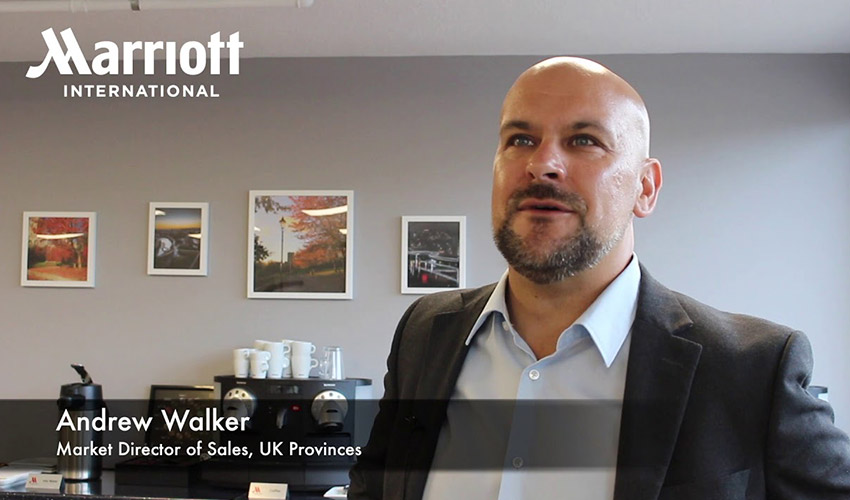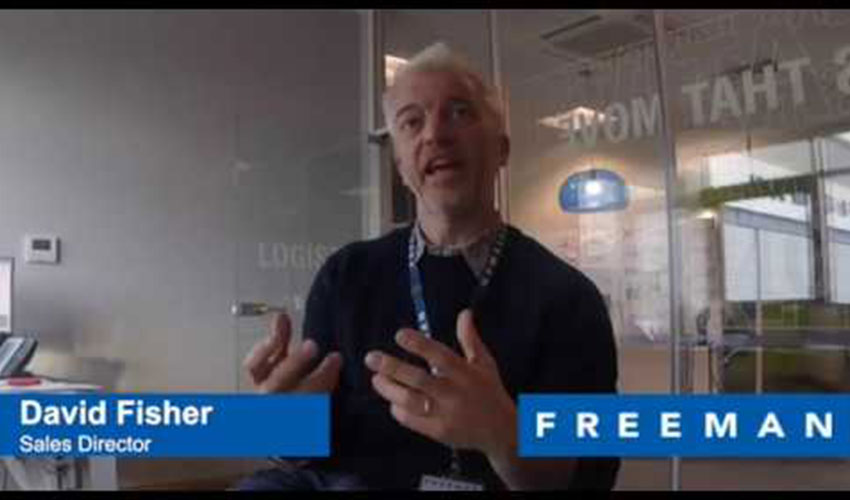The world of selling has changed. Customers are more selective now. They only want to work with people they can trust and in networks that they can trust. The availability of information on the internet means that customers can do a lot more research in advance of meeting sales people. Recent research by the Corporate Executive Board says that by the time a buyer gets in contact with you, they’re already 60% of the way towards making their decision.
What is social selling?
Leveraging your professional social network to find the right prospects to build trusted relationships and ultimately its about achieving your sales goals.
Here are some statistics and facts:
72% of buyers use social media to research before making a purchase.
The majority of customers look at your LinkedIn profile before meeting with you. They’ll be looking at your recommendations, your connections, your photograph so that they can build a profile of who you are. They may even ask shared connections for references. You need a really good LinkedIn profile that provides the answers to all these questions and more. If you don’t match up to what they’re looking for, then they’re probably not going to meet with you.
81% more likely to engage with a strong professional brand – you are your brand.
Create as strong a LinkedIn profile as possible, aim for All Star.
87% of customers had a favourable impression of someone introduced to them through social networks.
Introductions on LinkedIn are under utilised but incredibly effective.
65% of buyers agree that a company’s content has a significant impact on buying decisions.
This means that your posts and updates are important. You need to be seen as a thought leader in your field of expertise.
5.4 decisions makers are involved in every purchase.
You can’t depend on just one stakeholder. You need to network the group of stakeholders involved in every purchase and what better tool to do that than LinkedIn.
No more cold calling.
Leveraging networks for introductions replaces the need for cold calls. Use LinkedIn to make contact before you pick up the phone to them.
Insights gained from social conversations help to personalise pitches and proposals. By following stakeholders in groups, following companies, viewing updates and posts you can get a feel for the kinds of topics and trends that are important to your target customer so that you can ensure your pitches are relevant and aligned to your prospects world. Your communication is more engaging and, most importantly, you differentiate yourself from the competition.
Better lead generation and qualification on LinkedIn. There is now no need to buy-in outdated lead lists. LinkedIn allows you to set up your own lead lists based on your target customer and, because you’re using LinkedIn, they will more likely be up to date as individuals rarely let their LinkedIn profiles stagnate..
You’re viewed as a problem solving resource, not the old fashioned ‘sell to me’. Remember, LinkedIn isn’t about overt selling. In fact you should never sell on LinkedIn. But what you are doing is providing insights, sharing your expertises so that you build your credibility and leverage your profile to achieve your sales goals. This is a very different approach to the old-style ‘sell sell sell’.
Finally, if you’re still wondering if LinkedIn is for you, or if you’re unsure about the investment in time, here are some powerful final numbers:
- Social selling leaders create 45% more selling opportunities
- 51% of social selling leaders are more likely to achieve their sales targets
- 78% of social sellers outsell their peers who don’t use LinkedIn







